If you are looking for the Chupacabra, you are on the wrong page. The Chachalaca is a relatively small bird that lives in South America, Central America, and the southern portion of North America. They look somewhat like small, skinny chickens with long tails. There are 16 different species, all in the genus Ortalis. Read on to learn about the Chachalaca.
Description of the Chachalaca
This group of birds is lean-bodied, with a shape similar to that of a small female wild turkey. They have small heads, relatively long necks and legs, and long tails. Their color varies by species. Some birds are brown or tan, while others have areas of red, gray, cream, black, or blue. Most Chachalacas are about 20 inches long and weigh a pound or less.
Interesting Facts About the Chachalaca
These birds are relatively common, depending on the species. They also frequently live close to human habitation. Learn more about this bird below.
- Order Galliformes – This group of birds are part of the taxonomic order Galliformes, which include chickens, turkeys, grouses, pheasants, ptarmigans, and more. They are one of the few Galliformes birds that do not live on the ground. Chachalacas are arboreal, and live in the trees.
- Cracidae Family – Chachalacas are part of a larger family of birds known as the Cracidae family. There are two other types of birds in this family, the guans and the curassows. All members of the Cracidae family are similarly shaped.
- Crossing the Border – One species of Chachalaca, the plain Chachalaca, lives where no other members of its family do. This species’ range extends into the southern tip of Texas. This makes them the only member of the Cracidae family that lives in North America.
- Onomatopoeia – An onomatopoeia is a word that sounds like the sound it makes. In this example, the Chachalaca makes a noise similar to the pronunciation of its name. Many think that’s a bit of a stretch, and whippoorwill is a much better onomatopoeia example.
Habitat of the Chachalaca
Each species is this group lives in any number of a variety of habitats. Some share their range of habitats with other species, while others live only in a single type of ecosystem that no other Chachalaca lives in.
Some of the different habitats they inhabit include scrubland, woodland, forest, rainforest, and desert edges. Some species live in tropical regions with high rainfall, while others live in arid regions with little rainfall.
Distribution of the Chachalaca
The northernmost reach of this group of birds is the southern tip of the United States. One species of Chachalaca lives in south Texas. The rest of the birds live throughout Central and South America. Each individual species has its own distribution and range. Some species are more widespread, while others only live in a small area.
Diet of the Chachalaca
As is the case with most animal groups, the diet depends on the species at hand. Some species are primarily herbivorous, while others are omnivores. Most species primarily feed on berries, seeds, and fruits of various plants. In fact, some are very important for the dispersal of seeds.
The bird eats a seed, the seed travels through the digestive tract, and comes out the other end in a new place when the bird defecates. This is species an important part of the way some plants spread.
Chachalaca and Human Interaction
There are quite a few different species of Chachalacas, and scientists have not thoroughly researched each one. The IUCN lists most species as Least Concern, but they have yet to evaluate quite a few species. Regardless, many species have stable populations, and human interaction is neutral. Habitat destruction does impact them, but hunting is minimal, and conflicts are few.
Domestication
Humans have not domesticated any species of Chachalaca.
Does the Chachalaca Make a Good Pet
No, these birds do not make good pets. They are wild animals, and are not docile like domestic fowl are. In most places, it is also illegal to own a Chachalaca as a pet.
Chachalaca Care
There are few species of Chachalacas that zoos frequently keep. As a whole, they are not exceptionally charismatic or colorful, though they are vocal. There are also several species that, though researchers have yet to study them, are bred in zoos. Those birds that do live in zoos often live in aviaries with other species of birds. Their enclosures must have plenty of vegetation to hide and perch on.
Behavior of the Chachalaca
These birds spend most of their time foraging for the fruits, berries, and seeds that they feed on. They are arboreal, and live up in the trees rather than on the ground.
Most species are quite social, and sometimes they live in large groups up to a dozen individuals. The members of a group call to one another, and they can be quite loud. Most vocalization occurs in the early morning hours before the birds head out to forage for food.
Reproduction of the Chachalaca
Male Chachalacas brighten in color during the breeding season, and many species develop bright red faces. They are arboreal, and they build their nests in trees. Males and females work together to build the nest.
Their clutches are usually small, normally between two and four eggs. The female usually incubates the eggs, typically for about a month or so. Hatchlings in this family develop quickly, and often begin flying by the time they are three or four days old.


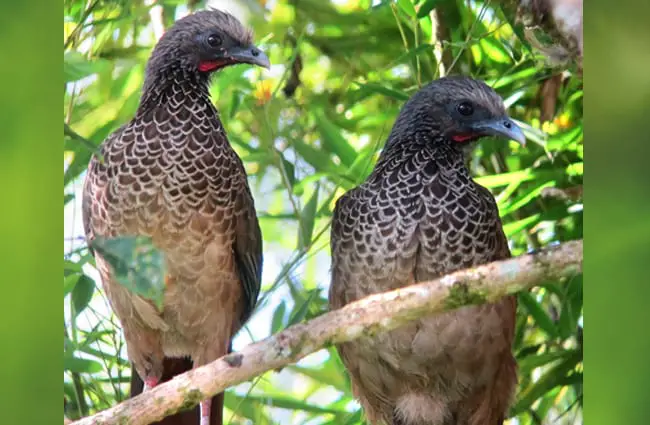
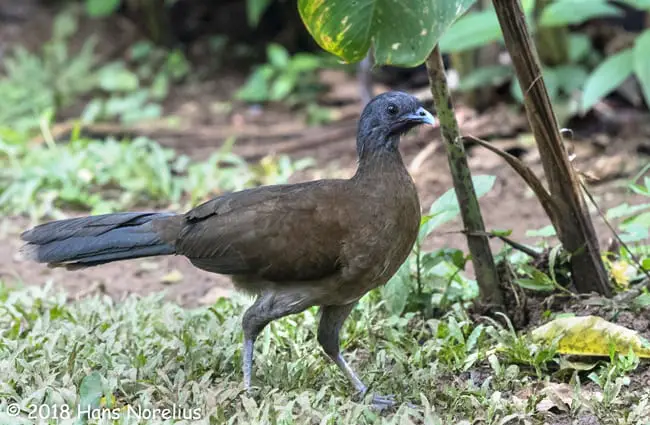
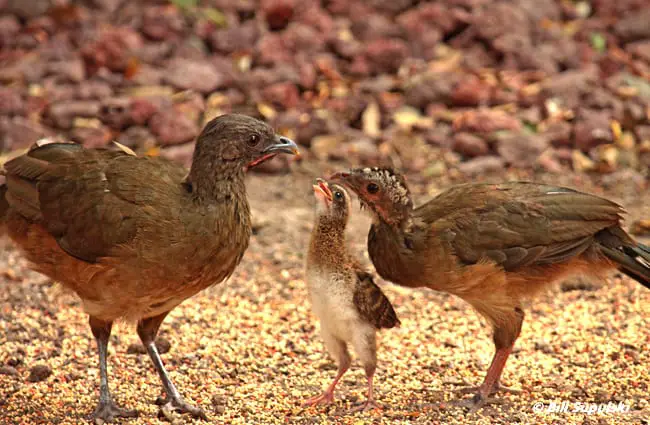
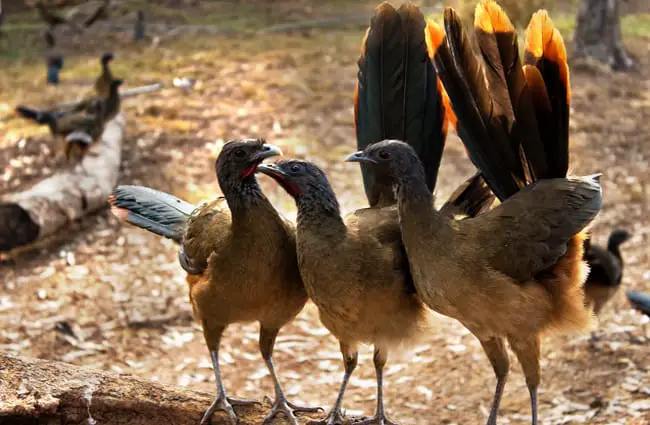
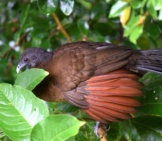

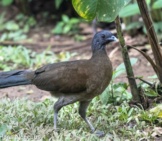

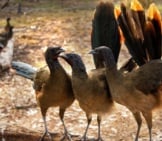
![Red Angus Closeup of a beautiful Red Angus cowPhoto by: U.S. Department of Agriculture [pubic domain]https://creativecommons.org/licenses/by/2.0/](https://animals.net/wp-content/uploads/2020/03/Red-Angus-4-238x178.jpg)












![Red Angus Closeup of a beautiful Red Angus cowPhoto by: U.S. Department of Agriculture [pubic domain]https://creativecommons.org/licenses/by/2.0/](https://animals.net/wp-content/uploads/2020/03/Red-Angus-4-100x75.jpg)

